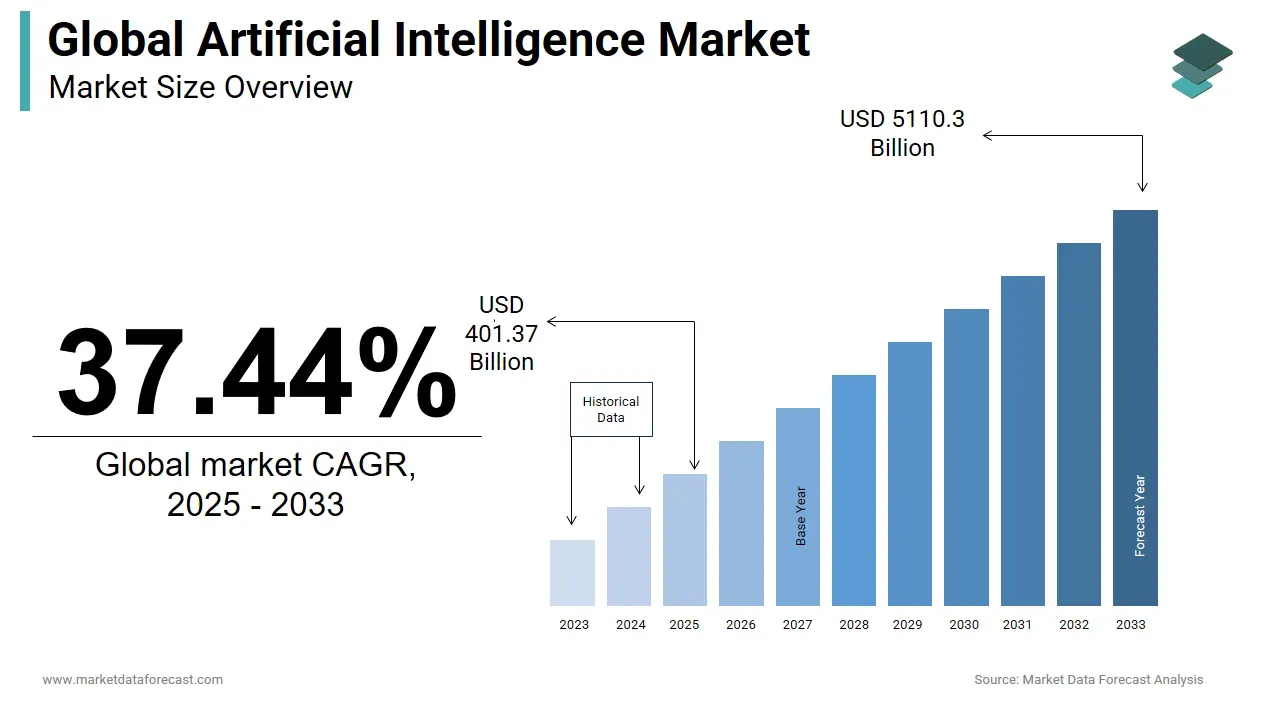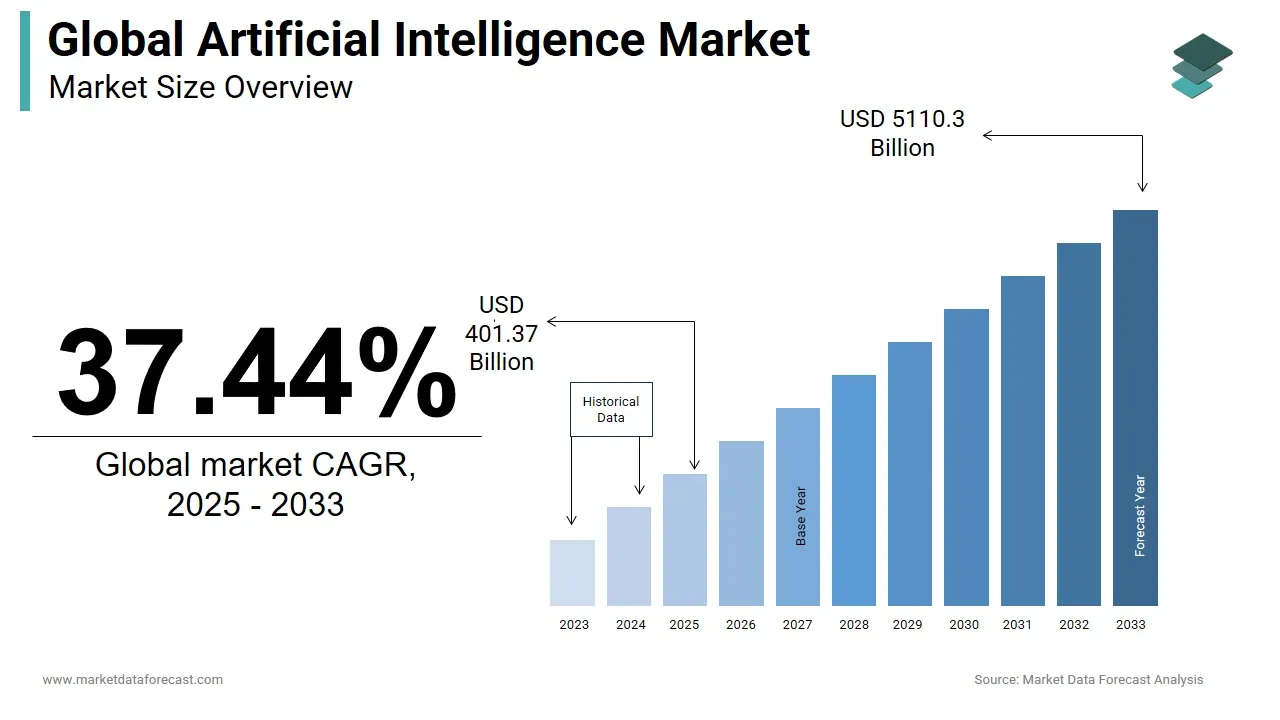AI Adoption in SMEs: How Small Businesses Gain Big From Artificial Intelligence

The Rise of AI in Small and Medium-Sized Enterprises
Artificial intelligence has long been associated with large corporations that have the budgets to experiment with advanced technologies. That perception is rapidly changing. Today, small and medium-sized enterprises (SMEs) are embracing AI at an accelerating pace. Reports indicate a 68% increase in adoption rates among SMEs across multiple markets.
Updated: August 30, 2025
SME AI Adoption - Quick Wins (At a Glance)
| Use case | Outcome (one line) | Setup time | Simple tools | KPI to watch |
|---|---|---|---|---|
| Lead → Meeting | Form/chat sends a 1-click calendar link | 1–2 h | Form + Calendar | Meetings ↑ |
| Payment reminders | Friendly Day-7/14/21 emails/SMS with pay link | 1 h | Email/SMS + Pay link | DSO ↓ / Paid faster |
| Quote → E-sign → Pay | Mini quote page, one-click approve, pay link | 2–3 h | E-sign + Pay link | Time-to-cash ↓ |
| Service booking + reminders | Auto confirmation + reschedule in 1 click | 1–2 h | Calendar + SMS/Email | No-shows ↓ |
| Low-stock alerts | Threshold alert + auto re-order email to supplier | 2–4 h | Sheet/ERP + Email | Stock-outs ↓ |
| Ticket triage to human | Simple rules route to the right person fast | 2 h | Helpdesk + Rules | First response time ↓ |
| New-hire onboarding pack | Accounts created, welcome mail, day-1 checklist | 3 h | Identity + Email | Time-to-productive ↓ |
| One-screen dashboard | Sales, jobs, cash in a single weekly view | 2–4 h | Sheets/BI + Connectors | Decisions faster |
Results we typically see: Meetings +28–45% • No-shows −20–35% • Days Sales Outstanding −15–25%
This shift reflects a growing awareness that AI is not reserved for Fortune 500 companies. Instead, it has become an accessible toolset that can reduce costs, improve productivity, and unlock new growth opportunities for businesses of all sizes.

What changes in 30 days
| Metric | Before | After 30 days (typical) |
|---|---|---|
| Lead → meeting rate | 3–6% | 8–12% |
| No-show rate | 20–35% | 10–18% |
| Time to send a quote | Hours/days | ≤15 minutes |
| Time to get paid | 14–30 days | 7–14 days |
Why SMEs Are Turning to AI
For SMEs, resources are often limited. Every investment must show measurable results. AI delivers exactly that practical solutions that directly impact business performance.
1. Cost Savings Through Automation
Automation is one of the most immediate benefits. Repetitive tasks such as invoice processing, email sorting, or inventory management can be handled by AI-powered systems. This reduces the need for manual intervention, cuts labor costs, and minimizes errors.
2. Productivity Gains
AI doesn’t just reduce workload it enhances human productivity. For example, sales teams can use AI-driven lead scoring to focus only on high-potential prospects. In operations, predictive maintenance systems help SMEs prevent costly downtime by analyzing machine data in real time.
3. Growth Opportunities
AI also creates new pathways for revenue generation. From personalized product recommendations to dynamic pricing models, businesses can target customers with precision, leading to higher conversion rates and improved lifetime value.
Key Application Areas for SMEs
AI adoption is not limited to a single function. SMEs are finding value across multiple areas of their business:
Marketing
- Personalized customer journeys based on browsing and purchase history.
- Automated social media posting and content generation.
- AI-driven ad optimization to maximize ROI.
Operations
- Demand forecasting and inventory optimization.
- Automated supply chain monitoring.
- Predictive analytics for resource allocation.
Customer Service
- Chatbots handling first-line support requests.
- AI tools providing sentiment analysis of customer feedback.
- Virtual assistants offering 24/7 availability without staffing costs.
In e-commerce, AI is widely used for product recommendations, dynamic pricing, and abandoned cart recovery. In manufacturing, predictive analytics and machine learning enhance production planning and quality control.
The Competitive Advantage for SMEs
What makes AI particularly impactful for SMEs is its ability to level the playing field. Smaller businesses often lack the manpower or budget of large enterprises. With AI, they can punch above their weight by:
- Offering customer experiences comparable to global brands.
- Running leaner operations with fewer resources.
- Scaling faster into new markets with digital efficiency.
For many SMEs, AI adoption has become the difference between keeping pace and falling behind competitors.
Overcoming Barriers to AI Adoption
Despite the rapid growth, challenges remain. Many SMEs hesitate due to misconceptions around complexity, cost, or technical expertise. Addressing these barriers is critical:
- Affordability: Cloud-based AI solutions and no-code platforms reduce entry costs dramatically.
- Skills gap: SMEs can upskill existing staff or outsource specific AI tasks to partners.
- Integration: Start small with targeted use cases before scaling across the organization.
The reality is that AI has become more accessible than ever, and waiting too long to adopt can mean losing ground to more agile competitors.
Practical Steps for SMEs Considering AI
- Identify pain points: Focus on areas where inefficiency or high costs create bottlenecks.
- Start small: Launch pilot projects with clear KPIs to validate impact.
- Choose scalable tools: Favor platforms that allow growth without complex migrations.
- Measure ROI: Continuously track outcomes to ensure value creation.
- Expand gradually: Once early wins are proven, extend AI adoption to other departments.
The Road Ahead: AI as a Standard for SMEs
AI adoption in SMEs is no longer a luxury it is quickly becoming standard practice. The 68% growth in adoption reflects not only enthusiasm but also necessity. As customer expectations evolve and competition intensifies, AI offers the tools SMEs need to remain agile, efficient, and competitive.
By embracing AI now, SMEs can secure a stronger position in the digital economy. The choice is clear: adopt and scale AI responsibly, or risk being outpaced by more adaptive competitors.
FAQ
How fast can we start? This week. We run a 5-day Quick Win Sprint and ship one use case live.
Do we need new tools? Not necessarily. We prefer your current stack and keep monthly tool costs €0–500 to start.
How can Scalevise help? We implement, train your team, and keep things simple. Contact Scalevise today
Conclusion
Small and medium-sized enterprises are driving one of the most important waves of AI adoption. With benefits ranging from cost savings and productivity gains to growth opportunities and competitive advantage, SMEs are proving that artificial intelligence is not just for large corporations.
At Scalevise, we help SMEs take practical steps to implement AI from identifying the right use cases to setting up automation that delivers real ROI. If you want to explore how AI can transform your business, we’re here to guide you every step of the way.
👉 Contact Scalevise today and start building your AI roadmap with confidence.
